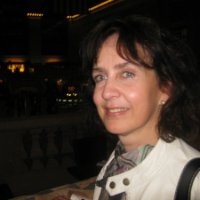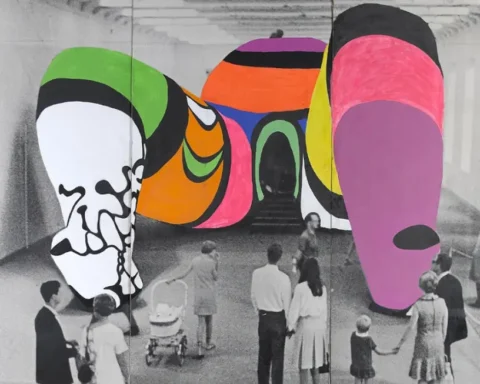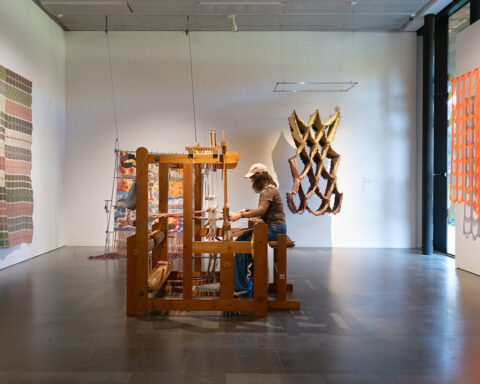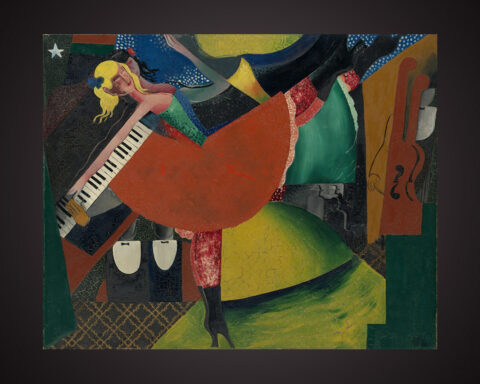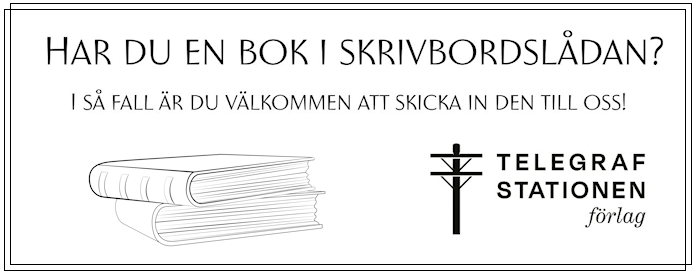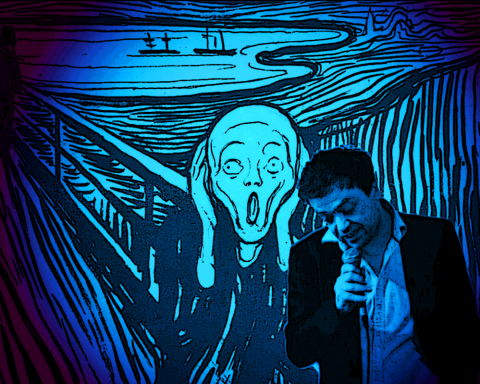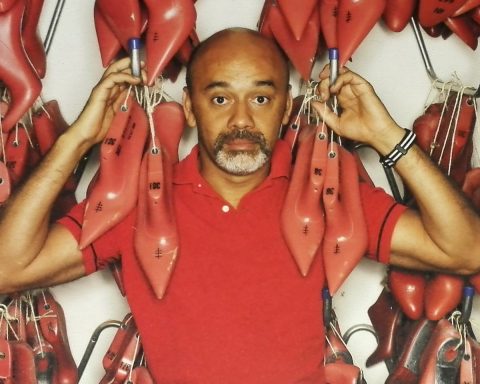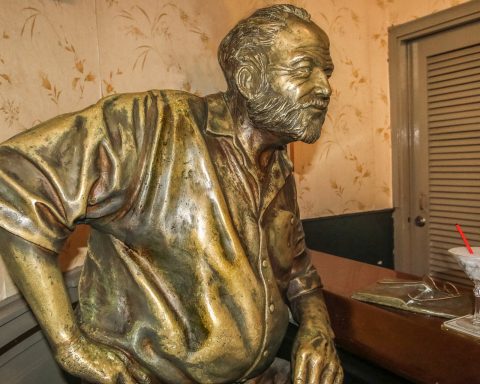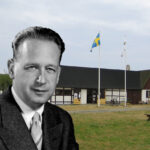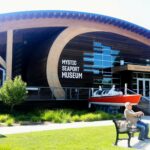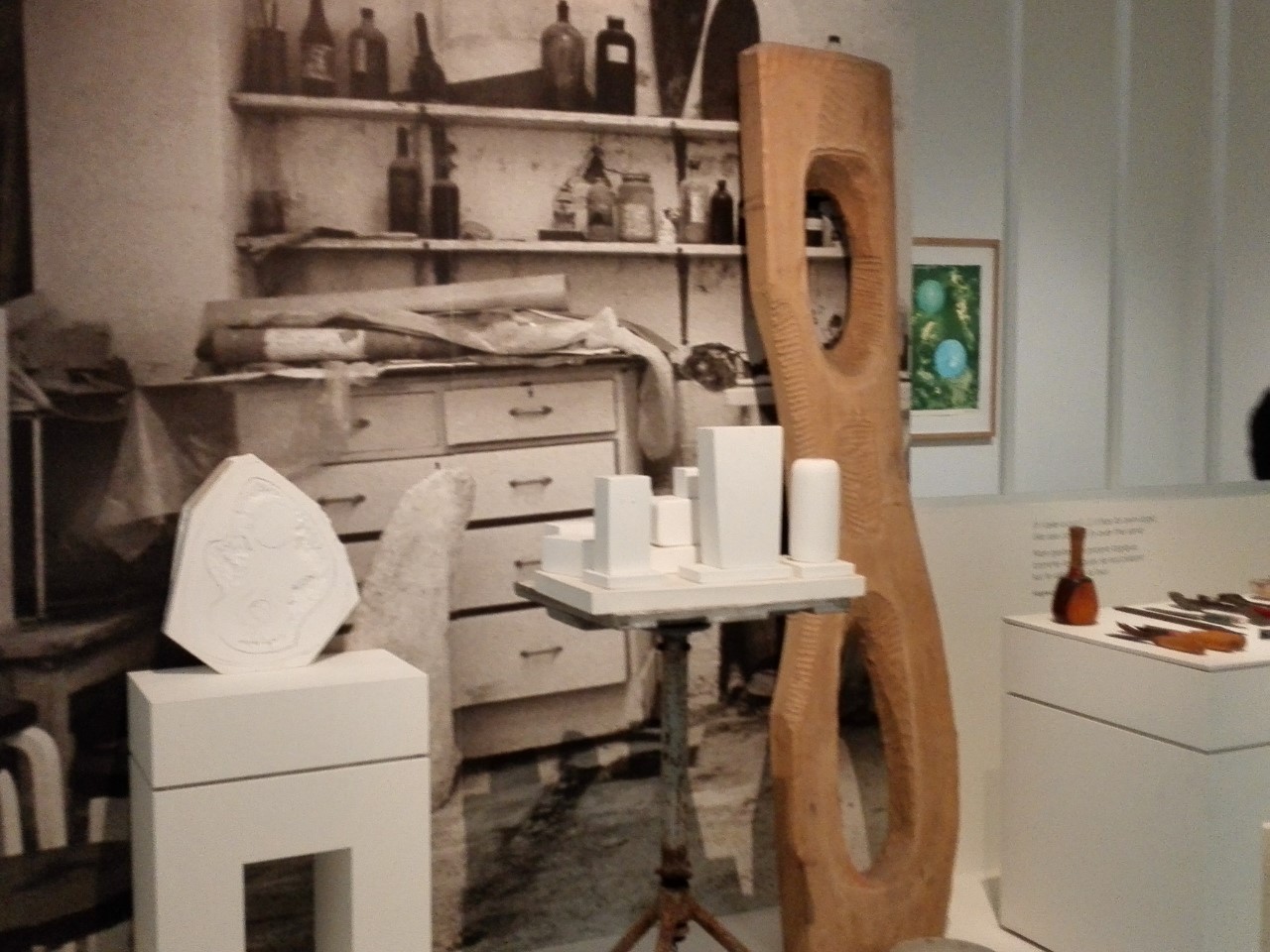
ART. A rare occasion to view Barbara Hepworth’s (1903-1975) works of art presents itself this winter at Musée Rodin, in collaboration with Tate. The museum is an ancient palace situated in a wonderfully kept garden. Some of the famous French sculptor, Auguste Rodin’s, works are displayed outside, but most of them are shown inside the palace. His pupil and muse, and to my mind at least, more sensitive sculptor, Camille Claudel, is exhibited there as well. Nevertheless, there is also an exhibition hall for temporary expositions, such as the one with Barbara Hepworth’s works (until March 22, 2020).
Barbara Hepworth
Musée Rodin
77 rue de Varenne
75007 Paris
This contemporary of Henry Moore, Picasso and Mondrian, among others, brought a new and fresh ethical sense to sculpture. Barbara’s approach is inspired by the poetry of nature, resulting in organic sculptures of remarkable originality. It was difficult to refrain from caressing these pieces, displaying a woman’s sensitivity and sensuality. Only the severe glare of the guard refrained me from doing so.
Barbara Hepworth gained recognition in France during the interwar period. In the 1930s she discovered the European avant-garde with the recently founded “Abstraction-Création” movement. Sculptors such as Jean Arp, Alexander Calder and painters Robert Delaunay and George Braque invited her to exhibit with them.
The first exhibition room puts her work into context, showing several photographs of the sculptor working or contemplating, catalogues and smaller drawings. In the second room, the visitor gets an idea of her atelier with her tools etc. A movie also shows how she worked and polished her sculptures to their soft and smooth texture. It was filmed in St Ives, in Cornwall, where she had an atelier, and where the surrounding landscape by the sea continually inspired her.
Some paintings are present in the exhibition as well, but I was mostly taken by her sculptures that display a magical combination of inner vision, landscape and material. It is very actual in our times of ecological development and fossil-free world that many are striving towards. A back to nature movement we so desperately need starts with the heart: to value what we have and desire to keep it, we must first see and appreciate it. Barbara’s sculptures also serve that purpose.
